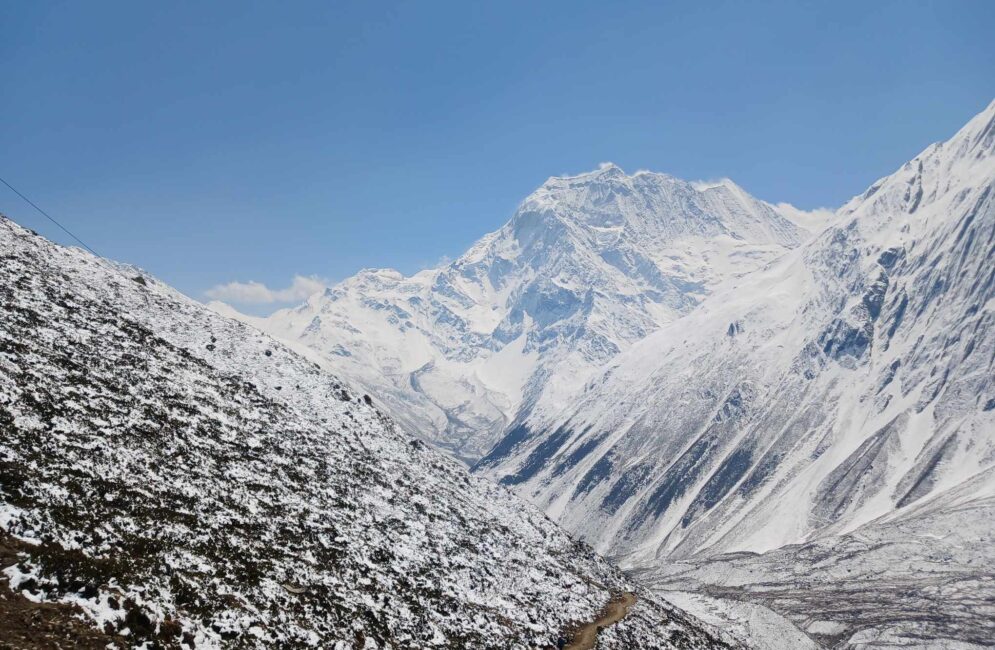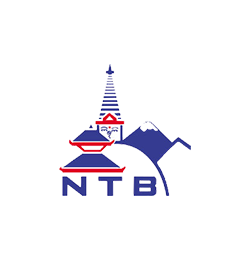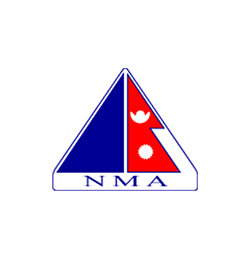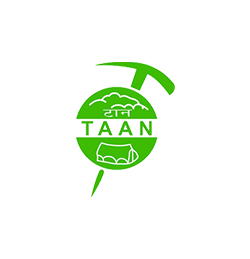
Overviews
Langtang Valley Trekking from all the moderate short adventures of a week, is one the most delightful destinations. Around all the Himalayan ranges in Nepal due to its pleasant and scenic surroundings.
The walks to Langtang Valley lead to the most enjoyable areas around the exciting and scenic country, where trekkers feel safe from High Altitude Sickness. The elevation rises gradually as the walk proceeds slowly, spending overnights at a certain height.
Then, the trail follows to the highest spot at Kyanjin Gompa, where all trekkers
will be well acclimatized. To enjoy the spectacular scenery and panoramas of the giant snow mountains that encircle the picturesque Langtang Valley.
Langtang Valley Trekking leads to exciting and scenic walks following the gradual path through lovely Tamang traditional villages.
Includes walking into dense woods of tall rhododendrons, oaks, and pine trees in the springtime of March to May. The hills and valleys will be bright with wildflowers in seasonal bloom, especially the national flower of Nepal, the rhododendrons.
Langtang Valley Trekking and its beautiful green forest is also a prime habitat for various species of wildlife. Like the elusive and endangered Red Panda and Snow Leopard, with different types of mountain antelopes. Trekkers sometimes have chances to see the exotic wild animals during the walks to the scenic Langtang Valley.
The trail follows, with a gradual climb to enter the beautiful Langtang Valley, well hidden by tiers of jagged snow peaks.
The Langtang Valley and its magnificent surroundings are protected by Langtang National Park, enriched with exotic flora and fauna.
The first mountain park established around the Nepal Himalayas in 1976 makes Langtang Valley an exclusive adventure.
Besides the stunning views of surrounding landscapes and towering snow-capped peaks, the local cultures are equally fascinating and impressive. This is why Langtang Valley is one of the most visited trekking destinations around the Nepal Himalayan ranges.
Langtang Valley Location
Langtang Valley is in Rasuwa district, around Langtang and Central Himal, the closest mountain and Himalayan ranges from Kathmandu.
At about 32 km or 20 miles of aerial distance from the capital Kathmandu, towards the North direction. The Rasuwa district extends as far as Nepal and Tibet-China borders at Rasuwagadhi.
It is one of the ancient Trans Himalayan Trade Routes of Nepal and Tibet, the Langtang Valley around Rasuwa district.
It is situated between the massif Ganesh Himal towards North West with Langtang and Jugal Himal in the east directions. The nearest motorable road is Syabrubesi Village, which is developing into a moderate town. Syabrubesi is the starting and ending point of Langtang Valley Trekking, at approx. 140 kilometers, or 87 miles, driving distance.
From Kathmandu to Syabrubesi takes about 6-7 hours’s drive, depending upon the type of vehicle. The trek to Kyanjin Gompa takes you to above 3,870 m/12,697 feet, located in the heart of Langtang Valley. A minimum of 7 nights, and
8-day treks, as per the standard itinerary, with extra rest days at Kyanjin Gompa. Most itineraries have rest days for acclimatization and to enjoy local hikes to the famous viewpoints of Tserko and Kyanjin-Ri. The whole trek is 7 days from Syabrubesi to Syabrubesi to cover, 65 km/40 miles.
Place to Visit around Langtang Valley to Kyanjin Gomba
On treks to Langtang Valley, trekkers can enjoy visiting various scenic places and high ridges with viewpoints. Especially, when spending an extra day at Kyanjin Gompa, where trekkers can enjoy long or short hikes.
The shortest and nearest hike is the climb to Kyanjin-Ri at 4,773 m / 15,660 feet. The top of Kyanjin Ri is about a 2-3-hour hike both ways, to enjoy a stunning panorama of the Langtang Himal range.
The Langtang Valley trek is famous for Yala Peak Climbing as well. The view includes as far as Jugal Himal and Dorje Lakpa towards the east, with peaks across the northern border of Tibet. Energetic people can enjoy a long day hike, carrying a packed lunch to reach the top of Tserko-Ri. Located at 5,033 m/16,512 feet high, which is a vantage viewpoint that captures the massive Central Himalayan Mountain range. Surrounding the picturesque Langtang Valley, it is a great experience to stand on the highest ridge of Langtang Valley.
The hike to Tserko-Ri takes nearly 6 hours from Kyanjin and back and includes a steep climb to reach Tserko-Ri Hilltop.
The best Season for Langtang Valley Trekking
Interested people in the marvelous trek to Langtang Valley can enjoy all seasons of the year. But except during the wet times of monsoon and summer season from mid-June to the end of August.
The best seasons for Langtang Valley Trekking are spring and autumn/fall.
Springtime starts in March and ends in May, one of the lively and enjoyable times. For pleasant and scenic treks, most days are clear with enough sunshine hours until the late afternoon. In spring, the light hours from the early 6 a.m. till 6 p.m. It can get overcast with heavy clouds in the afternoon sometimes.
As well as with chances of light rains around the mid-hill and snowfall around higher areas above 2,500 m.
During spring, days are longer with sunlight hours, but get cold in the morning and late afternoon till night time. It depends upon altitude and overnight stops en route to Kyanjin Gompa and Langtang Valley.
Spring is the best time for nature lovers, from March till May when the wildflowers are in seasonal bloom. Especially with the rhododendrons of various species with different colors, from tall trees to bushes.
The next best time is the autumn/fall season, when most days are bright, with sunshine and clear, for mountain views. Autumn/fall starts in September and ends in November, and it is the high season for trekking in Nepal. During autumn or fall, days are fine with crystal clear blue sky but get dark soon with limited hours of sunshine. Morning, late afternoon, and nighttime are cold, as well as chances of light snowfall above 2,000 m.
Trekking Trails to Langtang Valley and Kyanjin Gomba
Langtang Valley Trekking and around the Nepal Himalayas, trekkers should know the walking trail conditions. It would be best to know and understand the nature of the landscapes and terrains for Langtang Valley treks.
In the first place, Nepal is a country with most of the world’s highest peaks and mountain ranges. Nepal landscapes with the rugged path of mountain terrain, walking on the mid-hills of massive Himalayas.
The mountains and Himalayan range stretches from Far North East to Western Nepal, covering approximately 75% of the country.
Nepal is a country of unique biodiversity, with four types of landscapes from the low land of the Terai belt. Extend to mid-hills and towards higher mountainous ridges and hills and ends to towering Himalayan mountain ranges.
The trekking trail to Langtang Valley and Kyanjin Gompa leads to high hills and valleys. Around the laps of the Central and Langtang Himalayan ranges. The Langtang Himal forms the boundary between Nepal and Tibet, China. The trek to Langtang Valley is more of an uphill with few short downhill and gradual sections to enjoy. The walk from the starting point at Syabrubesi Village leads to a steep climb for an hour or more.
Depending upon one fitness level, the walk leads to gradual ups and crosses a few exciting bridges across the Langtang River. After the first days of walks to the Lama Hotel from Syabrubesi, the trail follows gradual ups through a lovely forest. An enchanting walk into dense woods of rhododendrons, pines, oaks, and fir trees along the riverside. The altitude gains as the walk leads to Langtang Village or Mundu on leaving the tall tree lines.
From Langtang Village, the walk leads to a short steep climb to enter the beautiful Langtang Valley and Kyanjin Gompa. The highest point for an overnight stop and the highlights of the journey, with spectacular scenery of snow peaks. The only hard and long steep climbs are hikes to Kyanjin-Ri or Tserko-Ri, on a rest day at Kyanjin Gompa for options side trips.
The rest of the walk on the return journey is downhill to Syabrubesi with a few short uphills. Then enjoy the overall walks to beautiful Langtang Valley.
Culture and Religion around Langtang Valley
Nepal is a country with a unique diversity of landscapes and people interwoven with colorful cultures and heritage. Nepal has two major religions, Hindu and Buddhist, lower region and mid-hills people follow Hinduism religion and culture.
The higher northern hills and mountainous areas, where the tribes are of Mongolian origins, follow Buddhist religion and culture. Which is similar to the Tibetan predecessors across the border, Langtang Valley, and around Rasuwa district inhabited by the Tamang.
The Tamang are the indigenous mountain tribes of the Central Himalayas and Langtang Himal region. On these treks, visitors will witness more of the Buddhist religion and its impressive cultures throughout the walks.
The village has Buddhist monuments of stupas and prayer walls, and every house has prayer flags colored blue, white, red, and green with brown or yellow.
The colors represent five major elements blue for the sky, and white for the cloud or water. Likewise, red is for fire and thunderbolt, green is for vegetation, and brown or yellow is for soil and earth.
Trekkers will come across Buddhist monuments throughout the walks to Kyanjin and Langtang Valley, with a beautiful small monastery. Hence, the name is known as Kyanjin Gompa for the monastery.
Foods and Accommodations facilities in Langtang Valley
The food and lodge accommodations are on treks to Kyanjin Gompa and Langtang Valley. On each designated overnight stop, the accommodation and meals provided, the best as per one’s choice from the food menu.
The menu includes breakfast, lunch, and dinner with the main course, including snacks and warm or cold refreshment drinks. All meals are served in a nice and cozy dining room with a fireplace.
In Nepal and Langtang Valley Trekking, the most favorite and popular national food is the Dal Bhat. A boiled or steamed rice, served with mild seasonal vegetable curry, includes Dal, a lentil bean soup with pickles.
Breakfast from oats porridge, and cereals to corn flakes with toast/ chapatis and pancakes includes a choice of egg variation. Lunch and Dinner from Continental, Chinese, Indian, Nepali, and Tibetan main course with a choice of soups.
The lodge accommodation and food are of moderate standard. The lodge accommodations from Syabrubesi, Lama Hotel, and Langtang Village are simple but with nice rooms. Most lodges offer rooms with common bathrooms and toilets, due to harsh landscape and freezing conditions.
The pipeline for running water freezes in the morning, evening, and nighttime. Due to freezing temperatures, all lodges from Syabrubesi onwards can offer only common baths and toilets.
For hot showers at extra cost besides the rooms and food prices as well as for charging electronic items. All lodges have electricity for the large dining room powered by local hydro or solar power. Internet and Wi-Fi are available, but it is slow and disturbing in some places. Depending upon the places of overnight stops, around deep gorge and valley, the internet and phone communications.
It does not work sometimes, as well with weather conditions with heavy mists and clouds.
The best lodges and foods available from Syabrubesi onwards are at Kyanjin Gompa, with a comprehensive food menu, served in nice spacious dining rooms.
For trekkers in large groups of more than 4 people, best to order a set meal for all. Saves time and fuel energy, which is important to follow and practice, the principle of Responsible Tourism or Eco Trekking.
Trekkers should take care of garbage, and litter during the trek, people with special dietary and vegetarian. Should inform the guide and staff, as well as on booking with White Hill Adventures. The alcoholic drinks are not healthy on treks especially walking towards higher altitudes. But trekkers can enjoy, on the way back downhill after completing and reaching the main highlight of the trip.
Conclusion for Langtang Valley Trekking
Langtang Valley trekking is one of the shortest and most enjoyable adventures of a week. On this journey, trekkers do not have much problem with the rise of high altitude. Langtang Valley is for all types of people and age groups, but trekkers should be physically fit with sound health.
A minimum age of under 18 should be accompanied by parents and guardians, as well as elderly folks. It is best to have Travel and Medical Insurance in case of unfortunate incidents and accidents. Sometimes, the treks might be re-routed to other safe destinations due to broken trails. Obstructed by avalanches and rock falls, including bad weather conditions, can obstruct the itinerary days. The other reason is if some trekkers get seriously ill, which requires emergency evacuation.
The sick people need immediate evacuation, using the fastest means of transportation. Like Helicopter service to bring the patient back to the hospital in Kathmandu.






